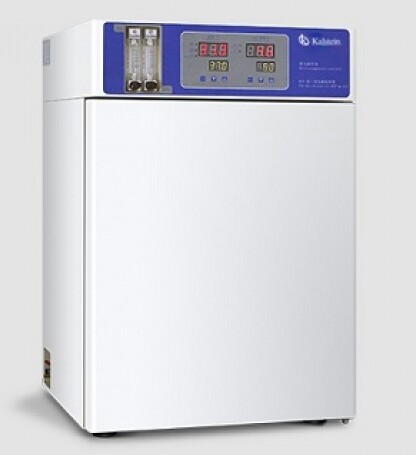CO2 incubator: Recommendations and care

A CO2 incubator is a laboratory equipment that is also called a gasification incubator, and is used to carry out the development of cell and tissue cultures through a natural atmosphere. This culture of living organisms in vitro is one of the main applications of CO2 incubators. That is why these devices are widely used in medical research and in the pharmaceutical industry in: manufacturing of tissue engineering products, in vitro fertilization, diagnostic medicine, cancer research.
Laboratory refrigerators and freezers, temperature ranges
A laboratory refrigerator is a piece of equipment that allows to efficiently conserve all kinds of substances that are cooled in it, whether they are liquid, solid or homogeneous substances. Reason why it is considered essential equipment within the laboratory.
What is a tissue processor in pathology?
Pathological anatomy is the science that is responsible for the study of pathophysiological and morphological alterations of the disease. Like all science, it has a series of specialized equipment to carry out the different studies on which it is based.
Fluorometer vs. Spectrophotometer
A fluorometer is a piece of equipment that allows the analysis, identification and quantification of chemical substances with molecules capable of presenting fluorescence, using the technique of fluorescence spectrophotometry or fluorometry. We can say that this equipment is a special optical device used in laboratories, capable of measuring the fluorescent quality of biological or mineral samples.
What is the importance of the laboratory refrigerator?
The refrigerator in a laboratory is one of the most important equipment. Its function is to maintain, in a controlled environment (refrigerated space), various fluids and substances, so that they are kept in good condition the lower the temperature, the lower chemical and biological activity. To achieve this it is required that the internal temperature of the refrigerator be lower than the ambient temperature.
Electrosurgery, what is it and how does it work?
The electrosurgery unit, or electrosurgery, is a medical device that uses electrical phenomena to produce heat; Its objective is to coagulate, fulgurate, desiccate or cut tissues, depending on the established parameters. Heat production is achieved through the passage of an oscillatory electric current, concentrated in a small area. The smaller the space in which the current flows, the greater the energy density at this point, which causes increasing temperatures.
Surgical navigation systems, heading to the operating room of th
The most recent advances in digital medical technology achieved this year allow surgeons to reach new levels of accuracy and safety. From now on, navigation systems evolve more and more, they are expanded and assisted by computer, advances in software, instruments and images facilitate the diagnosis, planning and execution of procedures.
How does a vital signs monitor work?
A vital signs monitor is a device that allows you to detect, process and continuously display the physiological parameters of the patient. It also has an alarm system that alerts when there is an adverse situation or outside the desired limits.
Handling and Care of the ELISA Reader
An ELISA Reader is a specialized spectrophotometer, designed to read the results of this technique which is used to determine the presence of specific antibodies or antigens present in a sample. This technique is based on the detection of an antigen immobilized on a solid phase, by antibodies that, directly or indirectly, produce a reaction whose product can be read by the spectrophotometer.
What is sickle cell anemia?
Sickle cell anemia is a chronic, hereditary and familial hemolytic disease, which black subjects suffer almost exclusively. It owes its name to the fact that the erythrocytes of these patients take the form of a sickle or semiluna, with pointed ends (Sicling) when they are deprived of oxygen (sickle cell or sickle cell).
